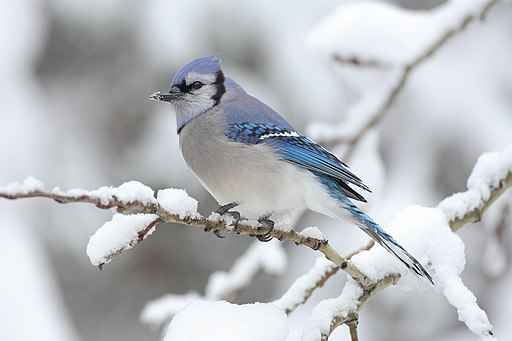MBTI court, Redux
Sep. 9th, 2018 07:46 pmAfter spending all of my free time yesterday thinking about this, and doodling different grids, I've come to the following conclusion:
1. I had a small misunderstanding of temperament versus function pair. Sorting by function pair and sorting by temperament yields two different results. I'm including both here for my own reference.
2. There is a specific and esoteric gender madness to the court via a bunch of stories from the Golden Dawn about Holy Guardian Angels and reproduction and impreganation and regenerative cycles. The Kings/Knights and Knights/Princes are very definitely masculine in nature, but also represent an active element. The same theology holds that some elements are active/masculine and some are passive/feminine. If we take the courts as manifestations of energy, what happens if you have an active manifestation of passive energy, and vice versa? Is it tension or completion?
Who knows, but on the basis of that tension I've decided to express a rank as introverted; when they're sympatico, the rank expresses as extroverted. I've always had the sense that the Queens and Pages of the Cups and Pentacles were a little more extroverted and outgoing than their male counterparts.
Another way to think about it, if you want to reintroduce a hierarchy model to everything, is that if Kings represent mastery of their particular element, then their energy should be in tune with the element wrt activity/passivity.
( Preliminary models then. )
A comparison of all three models looks something like this:
I'm dumping this here so maybe I'll stop obsessing over it and give my brain a goddamn rest.
1. I had a small misunderstanding of temperament versus function pair. Sorting by function pair and sorting by temperament yields two different results. I'm including both here for my own reference.
2. There is a specific and esoteric gender madness to the court via a bunch of stories from the Golden Dawn about Holy Guardian Angels and reproduction and impreganation and regenerative cycles. The Kings/Knights and Knights/Princes are very definitely masculine in nature, but also represent an active element. The same theology holds that some elements are active/masculine and some are passive/feminine. If we take the courts as manifestations of energy, what happens if you have an active manifestation of passive energy, and vice versa? Is it tension or completion?
Who knows, but on the basis of that tension I've decided to express a rank as introverted; when they're sympatico, the rank expresses as extroverted. I've always had the sense that the Queens and Pages of the Cups and Pentacles were a little more extroverted and outgoing than their male counterparts.
Another way to think about it, if you want to reintroduce a hierarchy model to everything, is that if Kings represent mastery of their particular element, then their energy should be in tune with the element wrt activity/passivity.
( Preliminary models then. )
A comparison of all three models looks something like this:
| King of Wands ESFP or ENFP | King of Cups INFJ | King of Swords ENTJ | King of Pentacles ISTP, ISTJ, or ISFP |
| Queen of Wands ISFP or INFP | Queen of Cups ENFJ | Queen of Swords INTJ | Queen of Pentacles ESTP, ESFJ, ESFP |
| Knight of Wands ESFJ, ESTP, ENTP | Knight of Cups INFP or ISFJ | Knight of Swords ENTP, ESTJ | Knight of Pentacles ISTJ or ISTP |
| Page of Wands ISFJ, ISTP, INTP | Page of Cups ENFP or ESFJ | Page of Swords INTP or ISTJ | Page of Pentacles ESTJ or ESTP |
I'm dumping this here so maybe I'll stop obsessing over it and give my brain a goddamn rest.

